C12LSH Compound-Miter Saw Review
This compound-miter saw from Hitachi features a laser cutline, fine miter and bevel adjustments, and a digital display
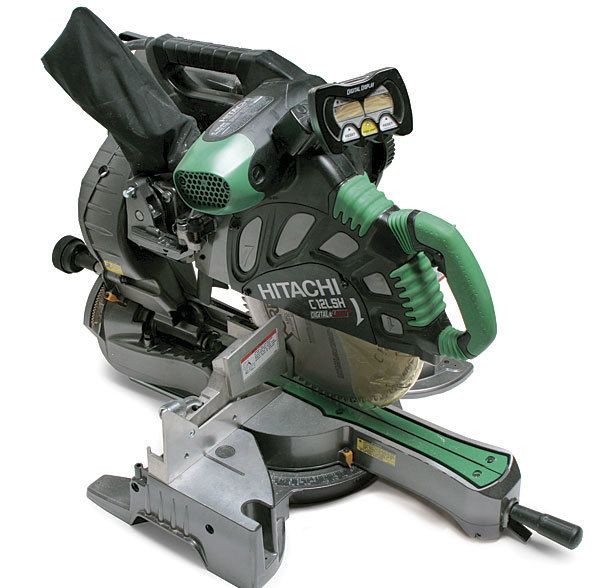
I’m a fan of Hitachi power tools, but I was not impressed with the new C12LSH 12-in. sliding compound-miter saw–at first.
Oh, the saw was full of nice features, such as a laser cutline, fine miter and bevel adjustments, a digital display for mitering and beveling angles, and a powerful 15-amp motor. What was disappointing, though, was the saw’s first order of business: producing a mirror-smooth cut.
Repeated attempts to lower the blade ever more smoothly through spruce, fir, and soft maple yielded cuts with tearout on the bottom, the back, and even the face of the stock. The results didn’t make sense; the tool otherwise appeared to be well made.
So I swapped blades. I replaced Hitachi’s blade with an 80-tooth Forrest Chopmaster (www.forrestsawblades.com), and all was right with the world again. The ragged cuts disappeared.
After fine-tuning the miter and bevel angles, which were close right out of the box, I cut hundreds of cabinet parts with great results. This work gave me an opportunity to put the laser cutline to the test.
The adjustable laser has a fine line and is easy to see in all but the brightest sunlight. Once the laser line was adjusted properly, I cut so many boards to exact length on the first try that I stopped counting after 25 or so in a row.
The miter gauge has a fine adjustment, and it works smoothly with detents at 15, 22.5, 31.6, and 45 degrees. The LCD miter- and bevel-angle display was useful as a quick reference, but it didn’t have the deadly accuracy of the laser. For $50 less, you can buy the same saw without the LCD display.
I typically make bevel cuts to only one side, but the removal of a pin near the base permits this saw to bevel to both sides.
The saw’s dual-rail assembly offers a compact footprint without protruding rails. This setup creates a stiffness that has a couple of benefits: The saw head travels farther forward with greater accuracy and has little or no side-to-side wandering as it travels along the rails. Of course, the trade-off for this setup is weight. An average 12-in. sliding compound-miter saw weighs about 55 lb.; the Hitachi C12LSH weighs 68 lb.
The depth stop for limiting the depth of cut (great for quick job-site dadoes) did not work as well as the depth stops on older Hitachi saws. Because the saw head travels so far forward, it wasn’t capable of dadoing a flat bottom all the way back to the fence. This problem is easy to overcome, however, by placing a 2-in. block of wood in front of the saw’s fence. In doing so, though, you lose 2 in. of capacity.
Although cutting capacity is about equal to other 12-in. sliding compound-miter saws, the smooth operation, stability, and power are notable. This saw is a real workhorse.









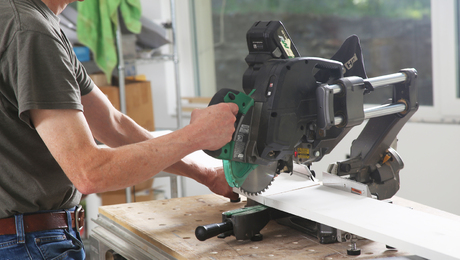
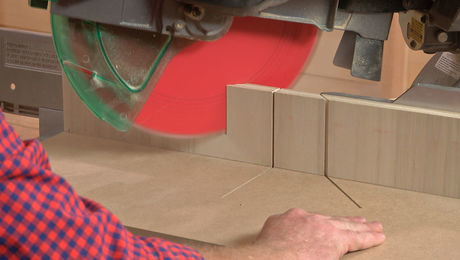
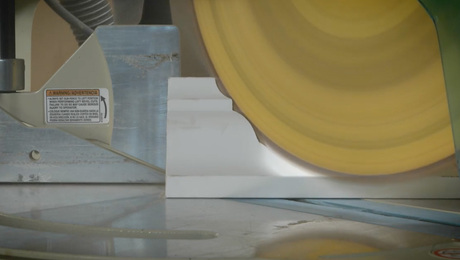
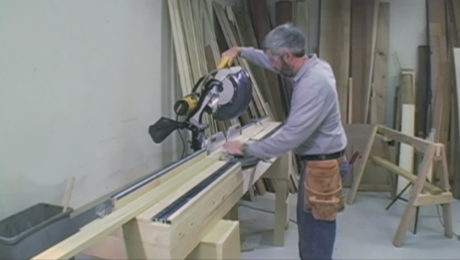
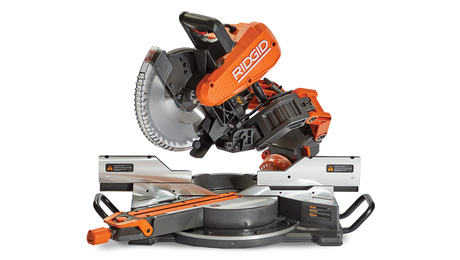
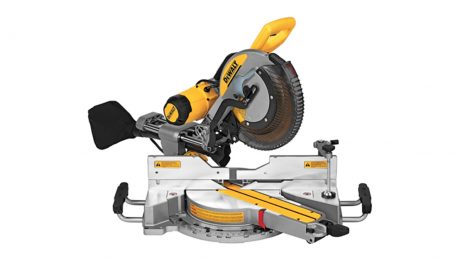
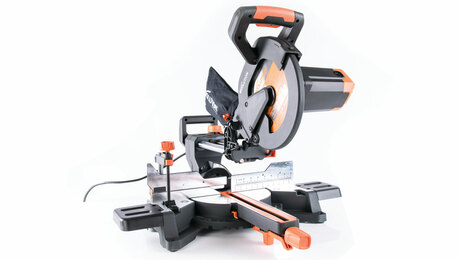










Comments are closed.